Camera technology has continually advanced, allowing us to capture events and express tales in previously unthinkable ways in visual communication.
The way we view and engage with the world via the lens has changed dramatically over the years, from the modest beginnings of film cameras to the cutting-edge advances of today.
In this article, we will examine some of the most important technological innovations in the game-changer cameras that have revolutionized photography and videography.
Below are some of the most important camera technology innovations.
1. Digital Imaging and Sensor Technology
The switch from film to digital imaging was one of camera technology’s most revolutionary developments.
Instant image capture was made possible by introducing digital sensors, which removed the requirement for film processing and allowed photographers to review and retake shots immediately.
A wider audience might now more easily access photos due to this transformation.
Sensor technology has advanced, improving image quality, higher resolutions, and improved low-light capabilities.
Professionals and enthusiasts now have more creative control and portability thanks to the development of full-frame sensors and later mirrorless game-changer camera systems.
2. Image Stabilisation
Photography has always been hampered by blurry pictures from camera shakes, especially in low light or when using telephoto lenses.
Whether it takes the form of optical, digital, or sensor-shift stabilization, image stabilization technology has changed the game.
Sharper images and more fluid films are produced because they compensate for unwanted camera movement.
In addition to enhancing the quality of handheld photographs, image stabilization has increased creative options by enabling longer exposures without using a tripod.
3. Auto Focus Advancements
Significant advancements in auto-focus technology have increased focusing mechanisms’ effectiveness, speed, and adaptability.
The two main techniques used are phase detection and contrast detection, with phase detection proving to be very useful for fast-moving objects.
Artificial intelligence and machine learning have recently been included in autofocus systems.
These tools can monitor and anticipate subject movement, maintaining clarity even in challenging circumstances.
Additionally, eye detection and animal detection have increased accessibility for photographers of all ability levels to portrait and wildlife photography.
4. Computational Photography
Combining traditional photography with digital image processing, computational photography uses software algorithms to improve and modify photos.
Innovations like High Dynamic Range (HDR) imaging, which combines numerous exposures to produce a single image with balanced lighting, result from this method.
Other noteworthy developments include computational bokeh, night mode, and super-resolution, enhancing image detail through AI-driven upscaling and simulating background blur.
These developments have given photographers more creative tools and new ways to exhibit their creativity.
5. Drone and Aerial Photography
Drones, also called unmanned aerial vehicles, have completely changed how aerial photography and filmmaking is done.
Drones with high-quality cameras can now capture beautiful panoramas, picturesque landscapes, and unusual perspectives.
They are employed in various fields, including environmental monitoring, real estate, and search and rescue activities.
Drones are now easier to use and safer to fly, thanks to the advancement of sophisticated stabilizing systems and obstacle avoidance technology.
As a result, it is now easier for aspiring aerial photographers and filmmakers to get started.
6. Virtual Reality (VR) and 360 Degree Cameras
A completely new method of documenting and experiencing moments has been made possible by virtual reality and 360-degree cameras.
With these cameras, viewers may fully immerse themselves in a scenario like they were in person.
VR and 360-degree multimedia applications include tourism, journalism, and entertainment, providing consumers with a more immersive and participatory experience.
These advances have completely changed how stories are told by enabling producers to take audiences to various locations and settings.
7. Computational Optics
Traditional camera lenses feature drawbacks such as chromatic aberration, distortion, and bulkiness.
Utilizing software and algorithms to fix these flaws and improve image quality is computational optics.
Without sacrificing optical performance, this technology can mimic the effects of larger lenses and enable thin, light camera systems.
A feature of light field photography, which records depth information along with the image, is made possible by computational optics.
This information can be utilized to produce 3D effects or to refocus photographs after they have been taken.
8. AI-Generated Content
Visual content creation has begun to use artificial intelligence.
Images can be improved, undesired things can be removed, and even completely new scenarios can be created by combining pieces from other photos.
Although this technology is still in its early stages, it offers fascinating opportunities for automating several content generation and manipulation processes.
9. Augmented Reality (AR) Integration
Combining cameras and augmented reality (AR) technology has created new opportunities for interactive and immersive experiences.
AR improves a viewer’s experience of their surroundings by superimposing digital information over the real world.
Users can now interact with their environment uniquely, from interactive gaming to assisted navigation, thanks to smartphones and wearables with AR capabilities.
10. Quantum Imaging
A new area called quantum imaging uses the ideas of quantum mechanics to produce incredibly sensitive and precise images.
It has the potential to completely transform industries like health, astronomy, and security by making it possible to detect small signals or previously undetectable objects.
Quantum imaging may result in advancements in imaging technologies like quantum cameras, which use the special qualities of quantum entanglement to take pictures under exceedingly difficult circumstances.
Conclusion
From its earliest film days to the present digital era, camera technology has advanced incredibly.
Each development has influenced how we perceive and communicate the world, allowing us to express our creativity and communicate in ways not limited by language.
We may anticipate many more innovative developments as technology progresses, which will surely impact the future of photography and filmmaking.
There are endless possibilities and promises to fundamentally alter our perceptions of the world around us, from quantum imaging to AR integration.



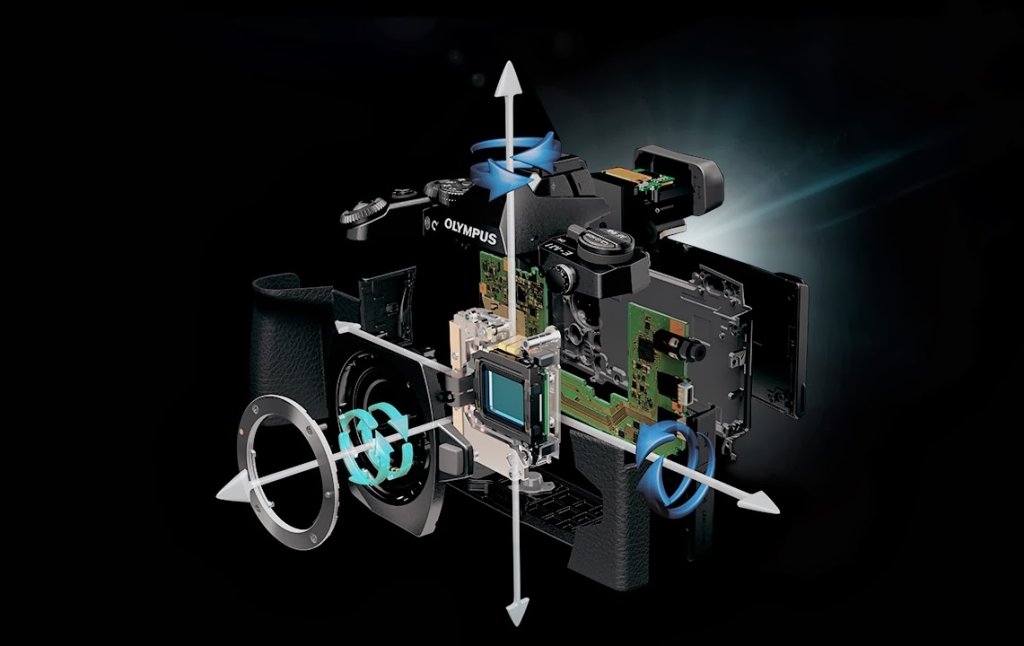
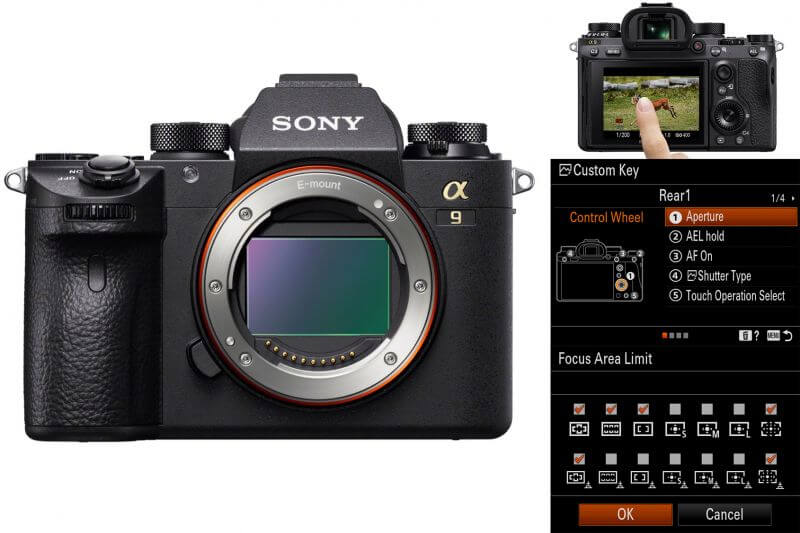
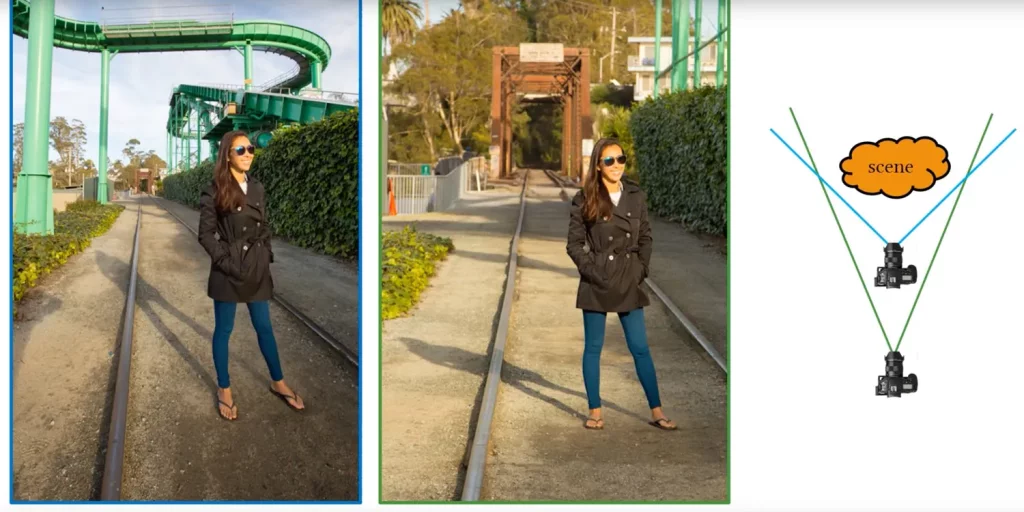
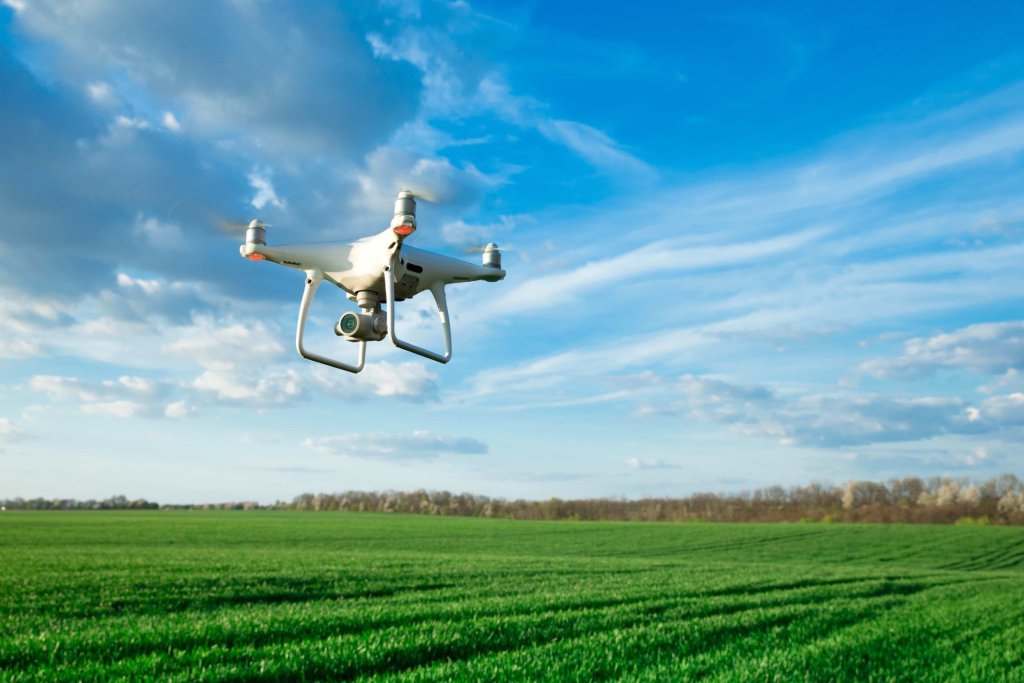



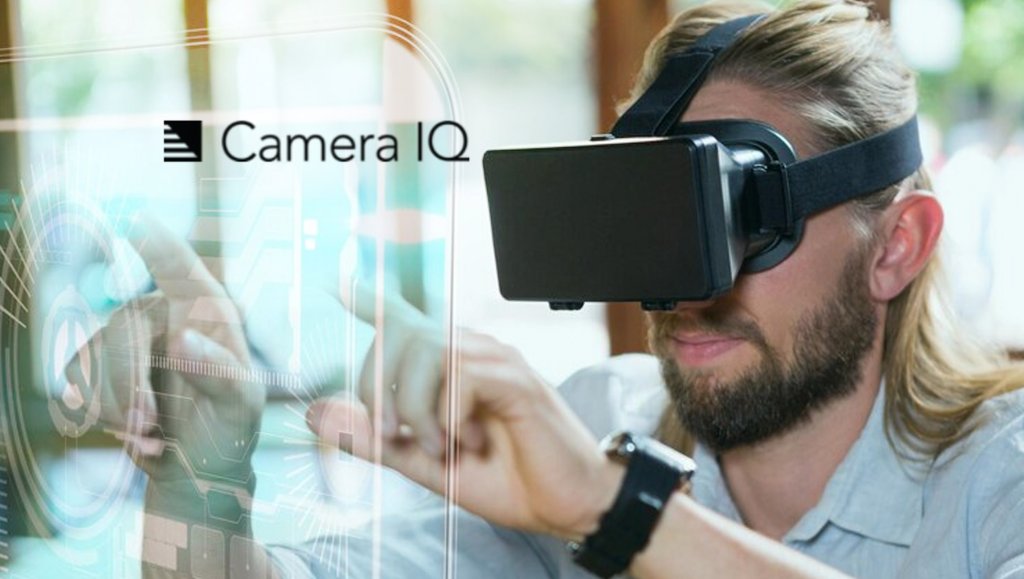

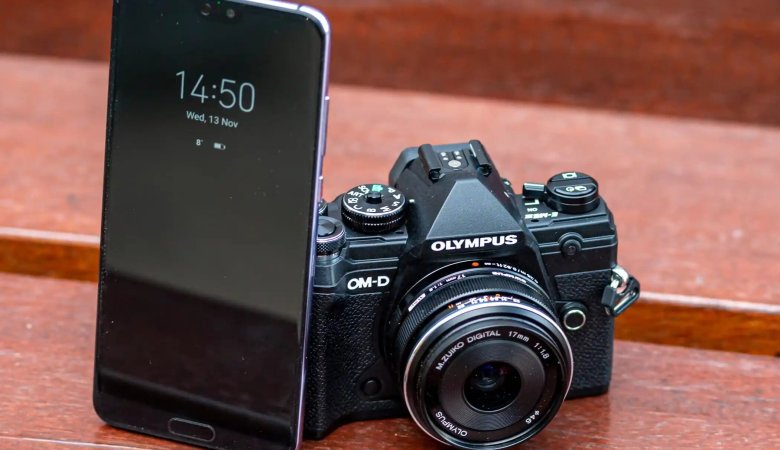
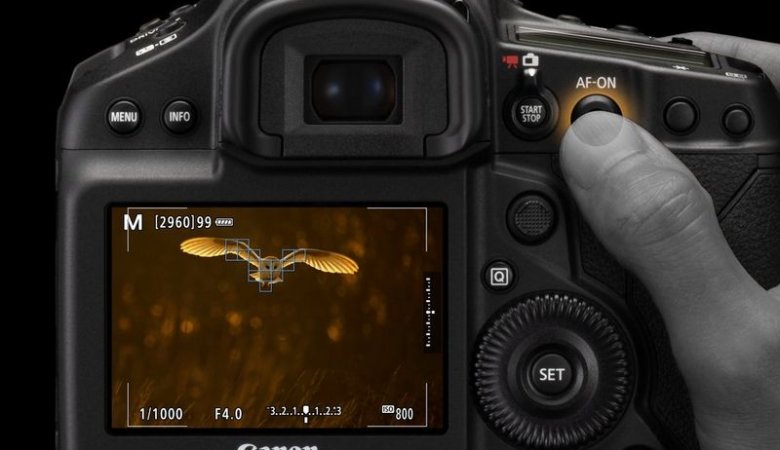

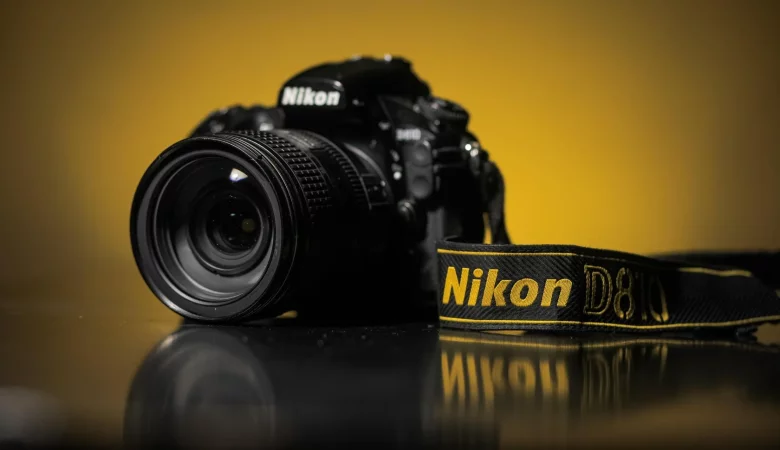
Leave a Reply